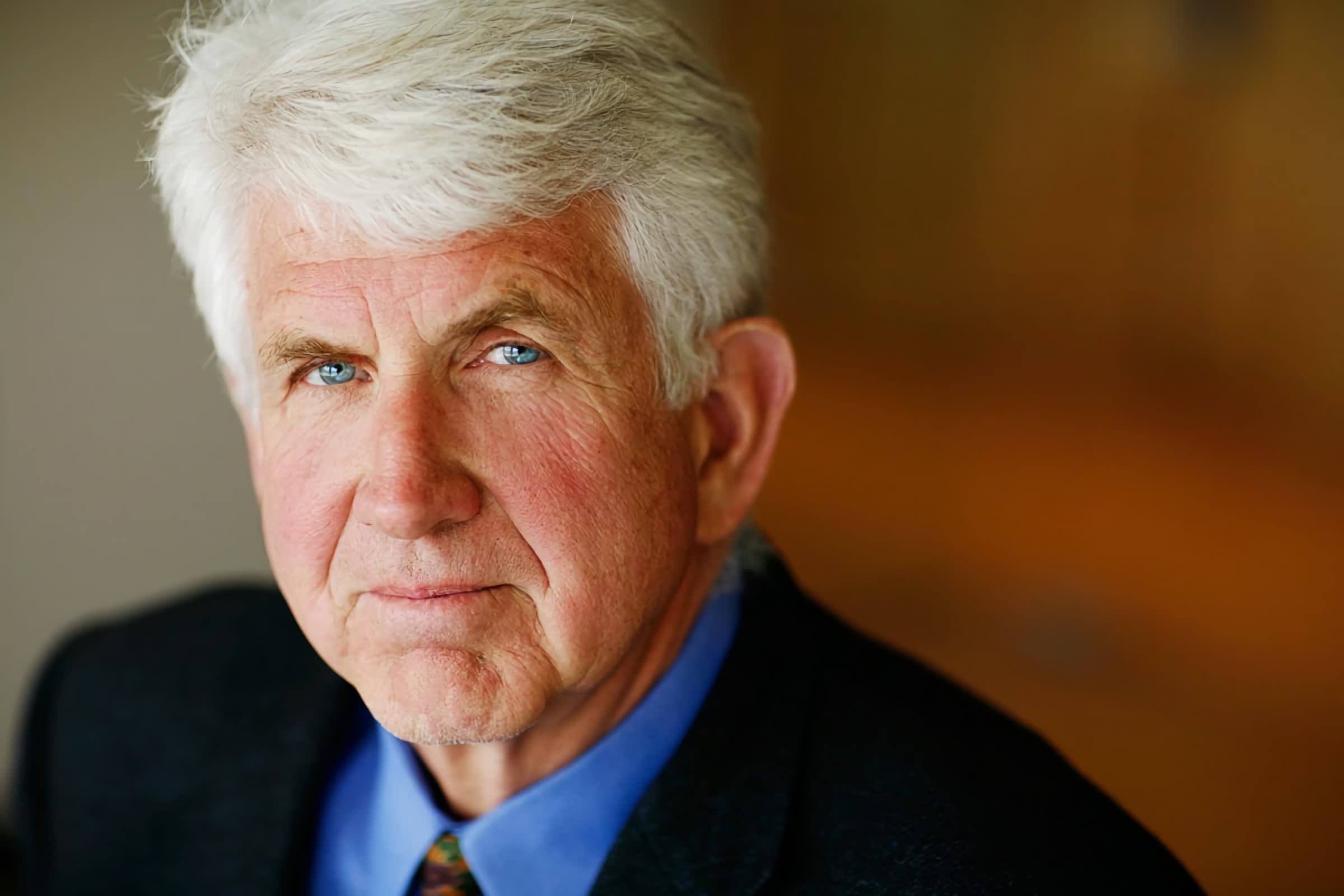Congratulations: Networking technology is something that many people take totally for granted. Plugging a PC into a router to connect to an information superhighway is something that just works, so we don't think much about it. But that cord we plug in is the backbone of the whole thing and without the work of Bob Metcalfe, you wouldn't be reading this article.
The Turing Award is widely regarded as the most prestigious in computer science, sometimes referred to as the "Nobel Prize of Computing." It is named after the famous computer scientist Alan Turing. The Association for Computing Machinery awards it annually to individuals who have made significant contributions to the field of computer science.
This year's winner is Robert Metcalfe, the co-inventor of Ethernet technology. Metcalfe is an Emeritus Professor of Electrical and Computer Engineering at The University of Texas, Austin and now works as a research affiliate in Computational Engineering at MIT's Computer Science & Artificial Intelligence Laboratory (CSAIL).
Ethernet is a networking technology that has revolutionized the way computers communicate with each other. It allows devices to connect to a local area network and share resources such as printers and files. Today, Ethernet equipment and its protocol are the most widely used networking technology in the world, forming the backbone of the Internet.

Metcalfe's work on Ethernet began in the early 1970s when he was a researcher at Xerox PARC. At the time, there was a need for a new networking technology that could connect the company's growing number of computer terminals. The problem Metcalfe and his team faced was one we often take for granted---bandwidth.
In early networking, each computer had a dedicated communication channel. So connectivity was expensive and complex, particularly as the number of computers in a network grew. Ethernet allowed multiple computers to share the same communication channel, reducing costs and simplifying network management.
Initially, the team deployed the technology internally within Xerox. In 1980, Metcalfe commercialized the tech, and other companies soon began adopting it. Subsequently, the Institute of Electrical and Electronics Engineers standardized Ethernet in 1983, ushering in the connected world that we know today.
Interestingly, Ethernet's name came from a now-famous memo that Metcalfe penned in 1973. In it, he described a "broadcast communication network," in which information travels "over the ether" [sky or air], so one might say he envisioned WiFi decades before its invention. Of course, Ethernet's introduction led to numerous communication advancements other than WiFi, including "legacy telephone twisted pair, optical fiber ... and even power networks, to replace the coaxial cable as the 'ether.'"
Congratulations to Robert Metcalfe for winning the prestigious Turing Award for his pioneering contributions to computer networking and the development of Ethernet technology. His innovative work revolutionized how computers communicate and laid the foundation for modern computer networking.
Image credit: MIT
